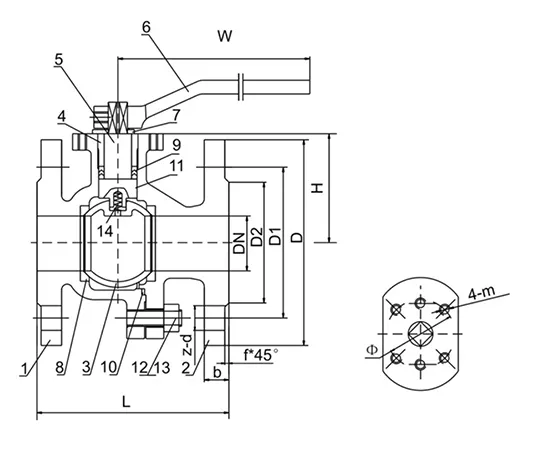Nov . 06, 2024 20:13 Back to list
hydraulic control valve
Understanding Hydraulic Control Valves A Key Component in Fluid Power Systems
Hydraulic control valves are vital components in fluid power systems, playing a crucial role in regulating the flow and pressure of hydraulic fluids. These valves are essential in various applications, from industrial machinery to mobile equipment, ensuring that hydraulic systems operate efficiently and safely.
At its core, a hydraulic control valve functions by directing the flow of hydraulic fluid through a system. They are designed to control the speed, direction, and force of hydraulic actuators, such as cylinders and motors. By managing these parameters, hydraulic control valves enable machines to perform a wide array of functions, making them indispensable in numerous industries, including construction, agriculture, and manufacturing.
There are several types of hydraulic control valves, each serving a distinct purpose
. The most common types include directional control valves, pressure control valves, and flow control valves.Directional Control Valves These valves determine the path the hydraulic fluid takes within a circuit. They can be manually operated or automatically controlled and are vital for directing the flow to different components. For example, a directional control valve may allow fluid to flow to one hydraulic cylinder to perform an upward motion while simultaneously blocking flow to another cylinder, enabling a precise control of movement.
hydraulic control valve

Pressure Control Valves These valves regulate the pressure within a hydraulic system. They help prevent system overpressure, which can lead to equipment damage or failure. Pressure relief valves and pressure reducing valves are common types of pressure control valves. While the former releases excess pressure, the latter maintains a desired lower pressure downstream, ensuring the system operates safely and effectively.
Flow Control Valves These valves manage the rate of fluid flow through a hydraulic circuit. By adjusting the flow, these valves influence the speed of hydraulic actuators. For instance, a flow control valve can be used to slow down the movement of a hydraulic cylinder, allowing for controlled operations in tasks that require precision, such as loading or lifting materials.
The selection of the appropriate hydraulic control valve depends on various factors, including the specific application, the required flow rates, and pressure specifications. Additionally, the construction and material of these valves are crucial, as they must withstand the high pressures and potential contaminants found in hydraulic systems.
The proper maintenance of hydraulic control valves is also essential to ensure the longevity and reliability of hydraulic systems. Regular inspections for leaks, wear, and tear, as well as ensuring that fluid cleanliness is maintained, are key practices in keeping hydraulic systems running smoothly.
In conclusion, hydraulic control valves are integral to the functionality and efficiency of hydraulic systems across multiple industries. Their ability to control flow direction, pressure, and speed makes them crucial for both operational efficiency and safety. As technology advances, the design and functionality of these valves continue to evolve, enhancing their performance and adaptability in increasingly complex hydraulic applications. Understanding their role and maintaining them properly is vital for anyone working with hydraulic systems.
Share
-
Advanced Technology in Wire and Cable FactoryNewsAug.19,2025
-
Applications of Ball Check Valve in Water Treatment PlantsNewsAug.19,2025
-
How Osy Gate Valve Ensures Leak - Tight SealingNewsAug.19,2025
-
Selection Criteria for Wafer Type Butterfly ValveNewsAug.19,2025
-
Threaded Ball Valve Pressure RatingsNewsAug.19,2025
-
Y Strainer PN16 Cost - Effectiveness AnalysisNewsAug.19,2025


